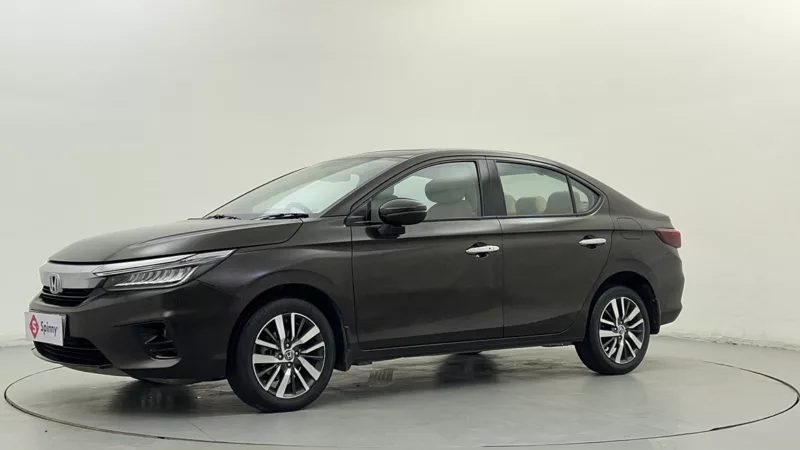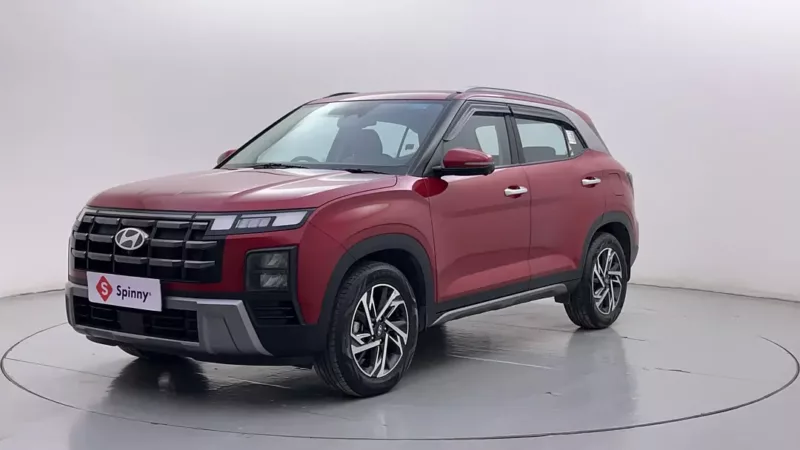Do you know what common thread binds vehicles as poles apart as the Honda City, Maruti Wagon R, and Mahindra Bolero? All three are the oldest continuously produced vehicles of their respective segments. But even within this rather rare group, the Bolero stands apart. That’s because apart from their names, there’s nothing remotely connecting today’s City and Wagon R to their debutante versions.
However, the Bolero sold today retains the same basic design as the one that debuted in 2000. What sounds like madness in theory has turned out to be magical in practice with the Bolero essentially becoming Mahindra’s bread-and-butter model that finds thousands of takers every month across the country. What explains this love that India has for the Mahindra Bolero? We can think of five reasons.
Rugged and Robust
The Mahindra Bolero uses a body-on-frame, aka ladder frame, chassis where the body and powertrain are mounted on a ladder frame. This is unlike a monocoque chassis where the body and the powertrain are part of the chassis, resulting in a unibody construction. But the latter isn’t as abuse-friendly as a ladder frame construction which can withstand a greater amount of torsional stress and uneven weight distribution for a long time without any hiccups. Along with a leaf spring rear suspension – a piece of tech mostly used by commercial vehicles – this helps the Bolero tackle the gnarliest terrains with a full, uneven load of people or cargo.
Comfortable Ride
Now the Mahindra Bolero is not exactly going to help you conduct a Zoom meeting while you sip a cuppa. But by ladder-frame standards, the Bolero’s ride quality is surprisingly good over bad patches. And much to the delight of taxi and cargo operators, this ride only seems to get better with a heavier payload. Again, the credit here goes to the Bolero’s front coil spring, rear leaf spring suspension and fat 215/75 section tyres. Be it broken roads, no roads, slush, mud, sand, or even snow, the Bolero ploughs on while insulating its occupants from the harshness.
Reliable and Refined Powertrain
Powering the Bolero is a sole 1.5-litre diesel engine that produces 76 PS of power and 210 Nm of torque, mated to a 5-speed manual gearbox. Though unimpressive on paper, there are two things that stand out about this powertrain. Firstly, it’s quite refined for a 3-cylinder commercial vehicle diesel engine. Secondly, peak torque is produced between 1,600 – 2,200 RPM and there’s adequate pulling power even at as low as 1,000 RPM. These factors endow the Bolero with immense driveability across terrains regardless of the payload, which frees up the driver from having to constantly work the gearbox.
Furthermore, the Bolero gets a stop-start system that automatically switches off the engine when the MUV comes to a halt, only to switch it on the moment the driver presses the clutch pedal. This tech, along with the engine’s refined and torquey nature, make the Bolero quite frugal with a claimed mileage of around 16 kmpl.
Easy to Maintain
‘If it ain’t broke, don’t fix it’ seems to be the mantra driving Mahindra’s decision to keep the Bolero largely unchanged since its launch in 2000, save for law-mandated changes such as a cleaner engine and safety improvements. But even though breaking a Bolero is a monumental task, fixing it is easier still.
Credit for this ‘easy to maintain’ characteristic of the Bolero goes to the simple, even if dated, components used to put it together. From the barebones cabin where a Bluetooth audio system is the biggest feature to roughshod underpinnings, a basic powertrain, and minimal electronics, the Bolero might seem anachronistic in today’s age of over-engineered, tech-laden cars.
The upside of this is that the Bolero is easily fixable, no matter which remote part of the country you’re in. What makes the deal sweeter still is the low maintenance cost of the Bolero. Mahindra’s cheap spare parts and wide service network ensure yearly service costs remain around Rs 4,000 – 6,000 for a mileage of 10,000 km/year.
Affordable to Buy
Mahindra has been able to price the Bolero competitively at Rs 9.78 – 10.79 lakh (ex-showroom, New Delhi) since the MUV is 3995 mm long, undercutting the 4-meter mark by 5 mm and thereby qualifying for a lower GST rate. At this price, there’s no other vehicle that can counter the Bolero’s durability, reliability, fuel efficiency, driveability, serviceability, and space. The latter is especially important because although Bolero’s official seating capacity is seven, it’s not uncommon to see people in multiples of that number being ferried in the MUV.
Summary
The sheer weight and popularity of the Bolero tag were illustrated with the launch of the Bolero Neo. Essentially a rebadged TUV300, the Bolero Neo is a modern take on the Bolero. But despite being a good car, the TUV300 wasn’t received well in its first stint. However, in its second coming as a rebadged Bolero variant, the Neo’s sales have turned a corner. A new car piggybacking on an over 20-year-old brand that continues to sell today – if that doesn’t illustrate why India loves the Bolero, nothing can!





 ne big family!
ne big family!